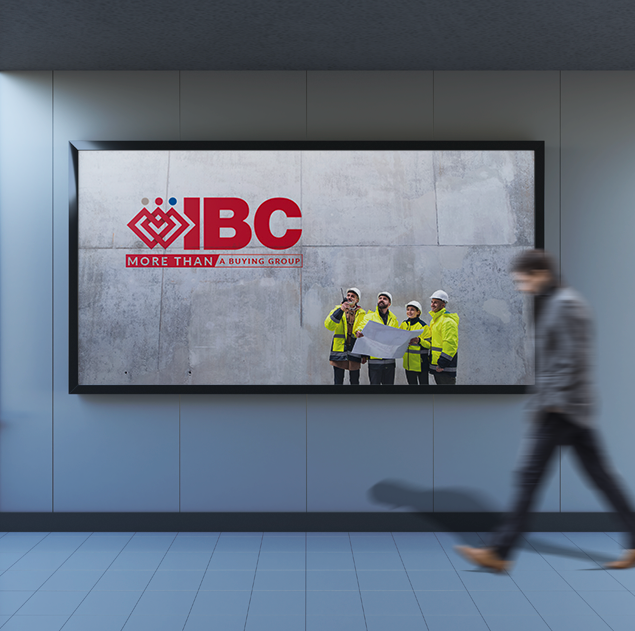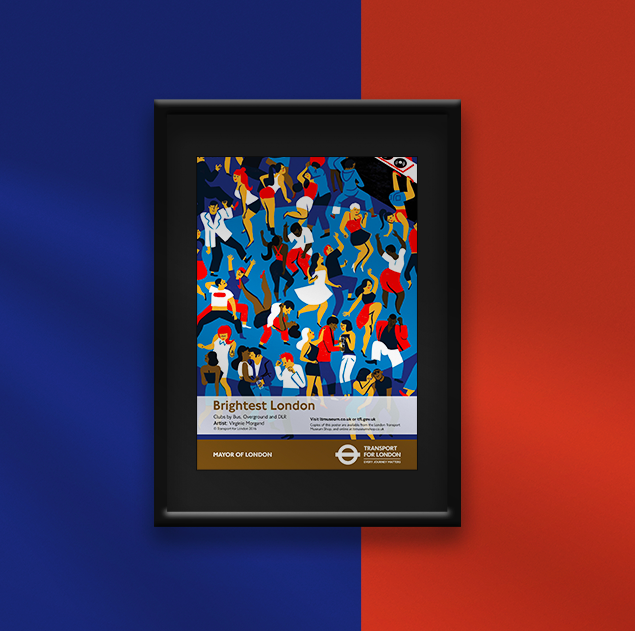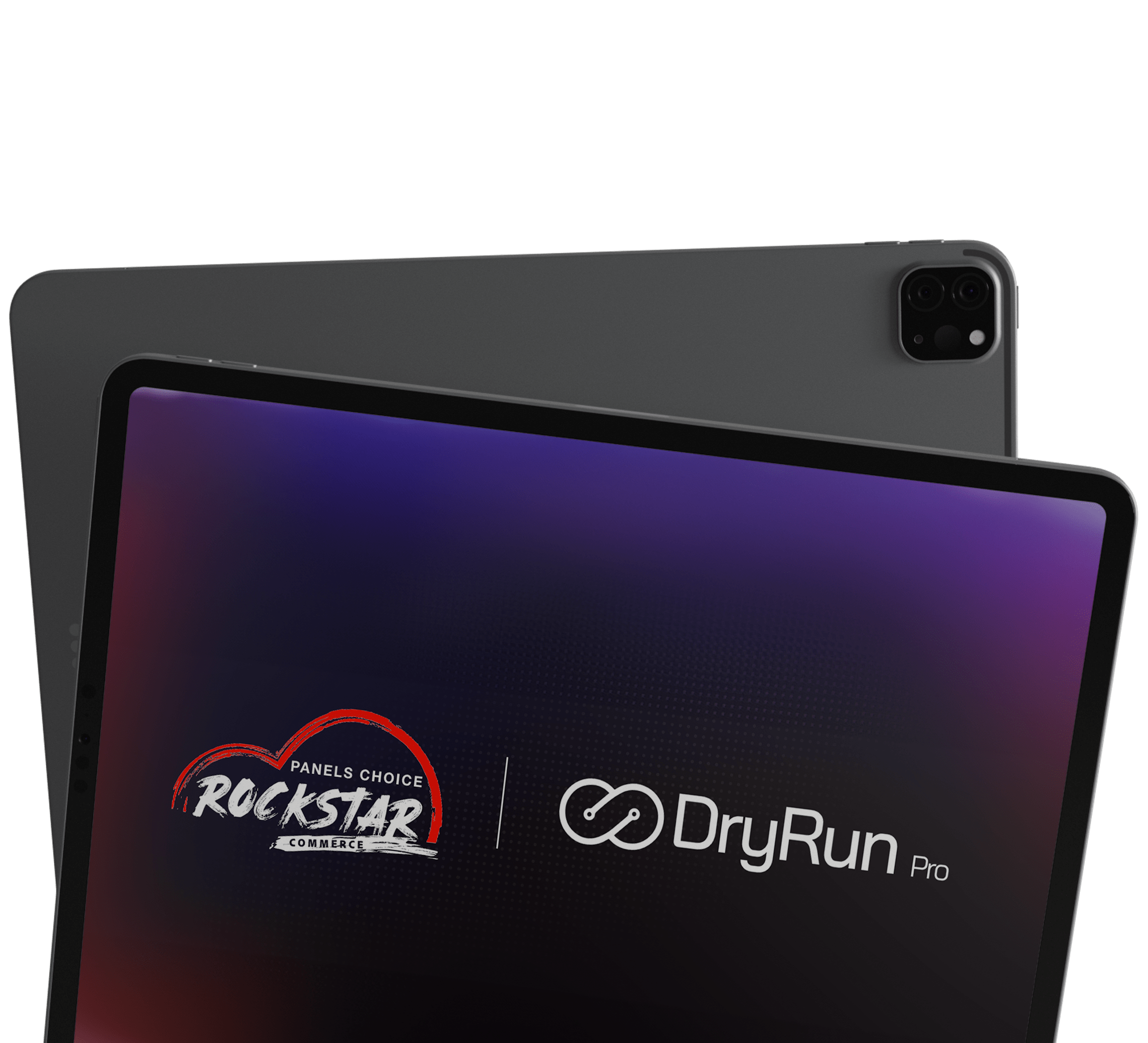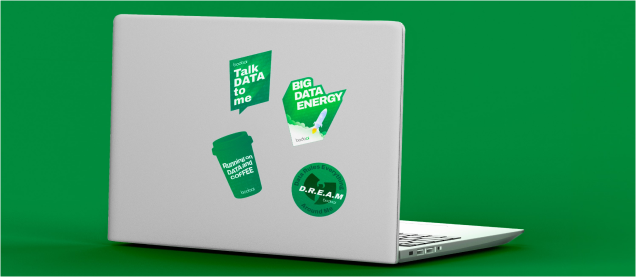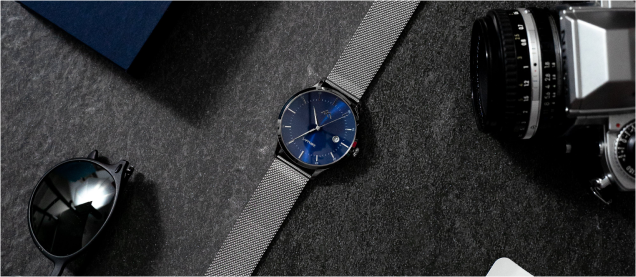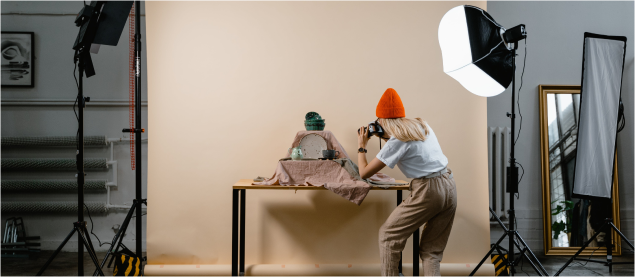Menu
- About Us
-
-
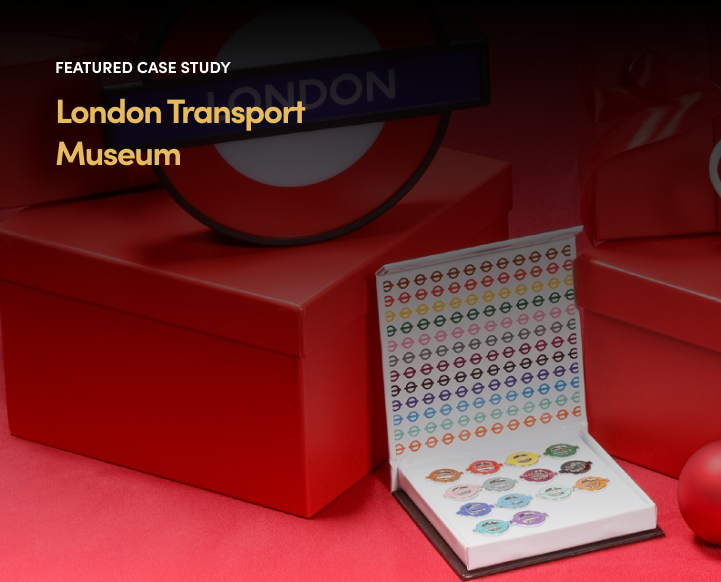 ABOUT
ABOUTBig ideas. Smart brands.
Brilliant results.
-
- Services
-
-
WEB BUILDS AND MIGRATIONS

Shopify Plus, BigCommerce
and ShoplineCreating high-converting, swift Shopify Plus,
BigCommerce, and Shopline sites.MAINTENANCE

Adobe Target, Adobe
Analytics and AEMBoost your enterprise e-commerce with Adobe
Target, Analytics, & AEM integration.BY INDUSTRY
-
- Case Studies
HomeExpert Shopify Plus & Adobe Commerce Solutions | 247 Commerce London
- Author:247Commerce
- Published by:15 December 2023
-
Join Us for
Digital
Transformation
-
London
-
Unit 1, Lincoln House,Great
West Road, Middlesex,
TW8 0GE United Kingdom
Phone: +44 20 4547 9292
-
Bengaluru
-
90/2B, 13th Cross Rd,
RR Nagar, Bengaluru
Pin: 560098
- © 247 Commerce - All rights reserved. Registered in England and Wales Number: 07775662. VAT Number: GB 122 1173 69. Privacy & Cookie Policy | Terms of Service Security
-




